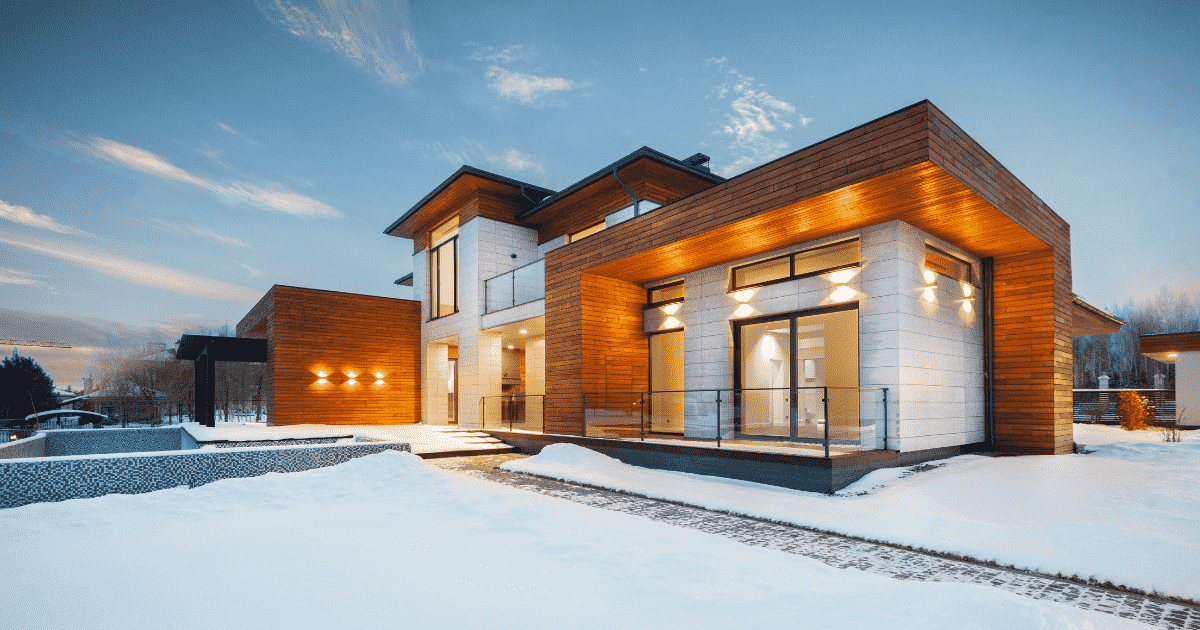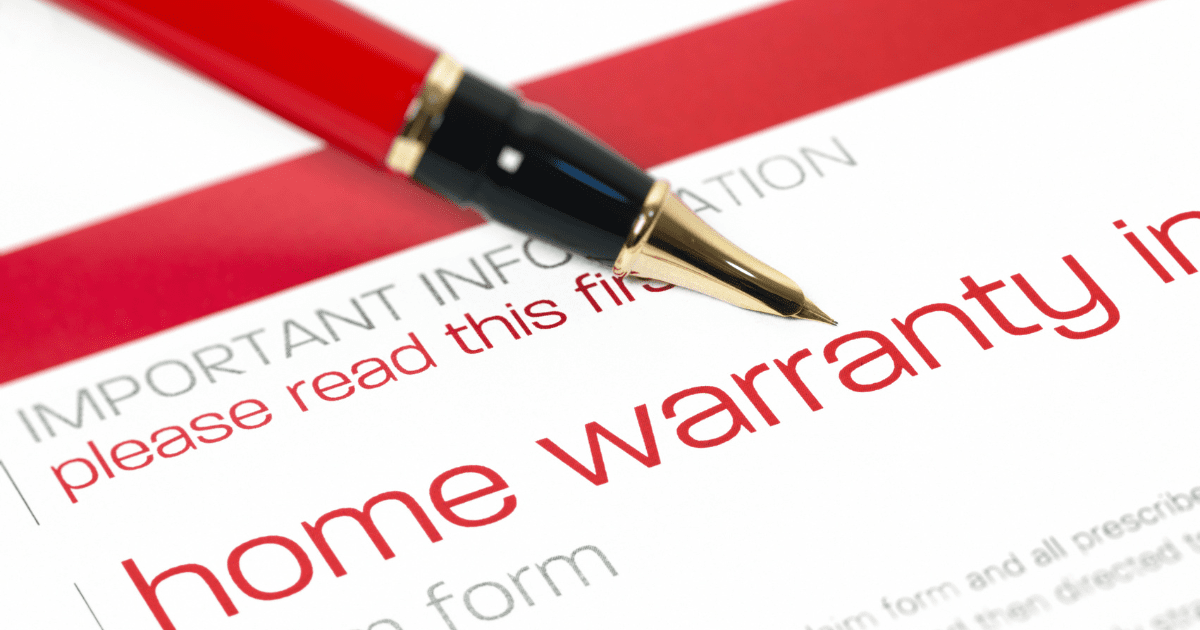“Green” is the philosophy that everything we do should have minimal negative impact on the environment. We strive to have no negative impact at all. But the term is so over-used that its meaning has become diluted. There are many products on the market that claim to be green even though their benefit is minimal to non-existent. How can you evaluate a green product or initiative beyond the marketing hype?
How “green” is it?
- Be more critical of energy claims.
- Use a larger frame of reference (consider the entire environment, not just the local environment).
- Consider all of the ways a product or initiative impacts on the environment and the entire life cycle including:
- manufacturing
- energy use and natural resources needed
- pollution/toxicity
- disposal
Tips for how to help the environment around your home:
- Replace old appliances with Energy Star appliances. Specs depend on the product but they use 20 to 30 per cent less energy on average.
- Upgrade or replace heating, cooling and hot water systems. For example, consider using a high efficiency furnace that can result in a 40 per cent increase in heat compared to conventional furnaces.
- If you’re in the market for a new home, look for homes that are constructed for energy efficiency, specifically in the areas of:
- Air sealing and insulation
- Windows (many advances have been made in windows; they now rated for thermal performance)
- House exposure (sun and wind)
- Look for green building products used throughout the home:
- Engineered lumber such as truss floor joists that use less wood
- Products made from recycled materials such as decks made of recovered wood fibre and recycled polyethylene
- New pressure-treated wood = less toxic
- Low VOC (volatile organic compounds) paints.
Dan Steward is president and CEO of Pillar to Post Professional Home Inspection. For more information, visit PillartoPost.com.












